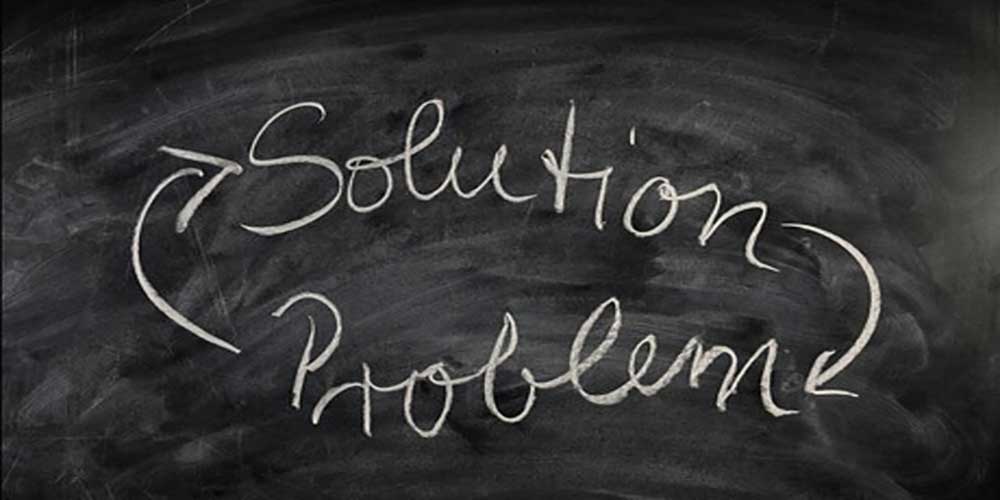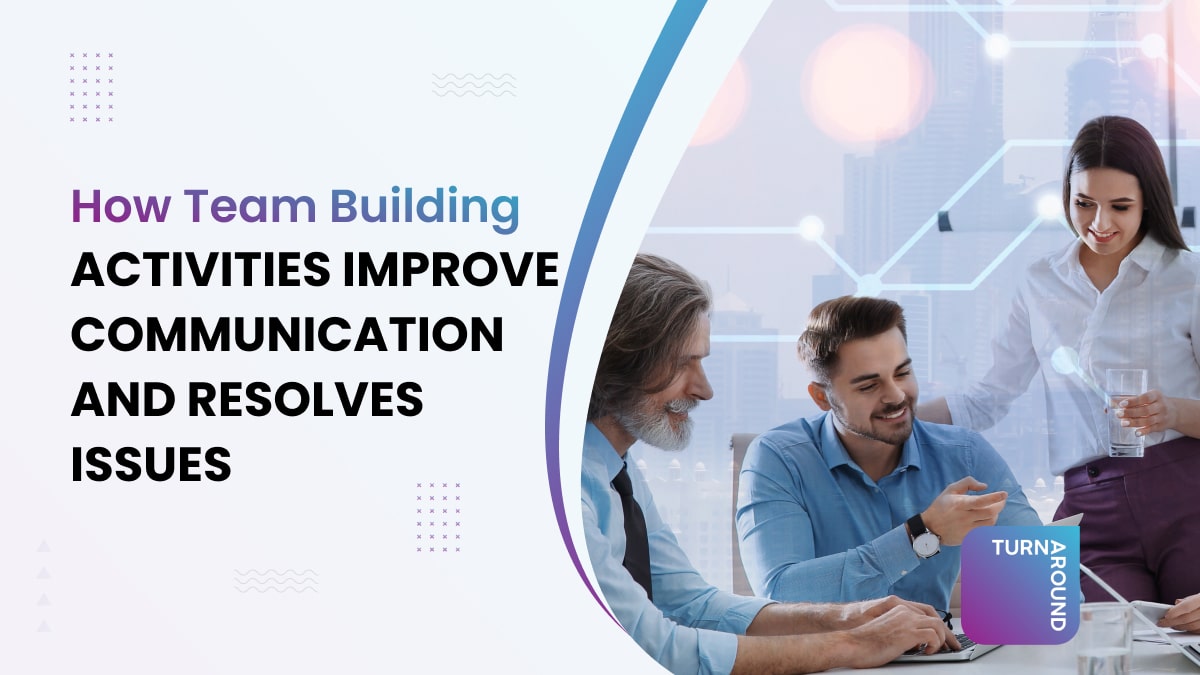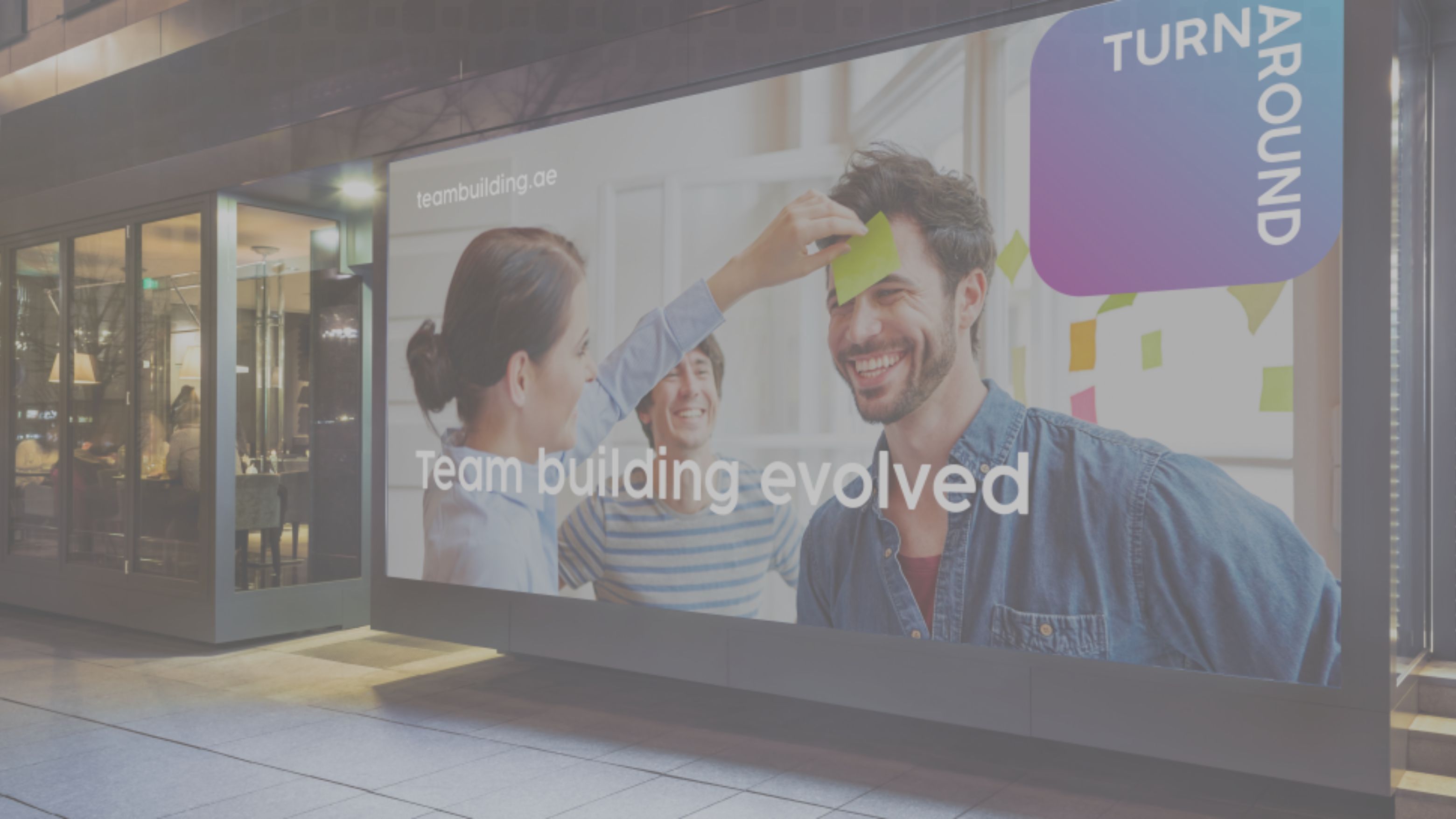What 3 Questions Should be Keeping you Awake at Night?
We have all heard the saying “The only constant in business at the moment is change” but in this rapidly changing market, what are the 3 main questions ALL businesses leaders should be asking?
- How do we deal with rapid changing market conditions or impending rapid change?
- How can we solve old problems in new ways?
- How do we attract, develop and keep the best talent?
What your business is doing now to answer these questions will determine its future success. For most business leaders these questions should resonate in some way with their current situation and we are convinced that all of these questions, and many more, can be addressed with the implementation of a structured organisational Goal Mapping approach.
No Thanks, We Already Have KPI’s and/or a Goal Alignment Methodology!
That’s a good point, and frankly if you don’t already have KPI’s or Goal Alignment system in place, we would be surprised.
The purpose of this document is to explain the fundamental differences between a traditional approach to organisational goal planning or KPI setting and the Goal Mapping principles.
There are 3 main differences between Goal Mapping and Traditional KPI setting.
- Goal Mapping helps teams to create Purpose Driven Performance. One of the key issues that most traditional KPI or Goal Setting systems miss is that they fail to connect to the ‘Why’ behind the goal. Setting a KPI or goal is a great start and may often get the goal achieved, but when an individual or a team of people have a connection to the ‘Why’ behind the goal, it starts to create purpose. When individuals or teams work with a common purpose, their behaviours and subsequently their actions toward the goal change. Working with purpose creates an inherent motivation, removes tensions and creates a more fluid like state. Working with common purpose can also help to overcome many of the more common team disfunctions such as breaking down silos, poor cross team communication and internal politics.
- Goal Mapping takes advantage of neuroscience principles, is backed up with scientific facts and uses these principles to help you move towards your goals. Goal Mapping will not do the job for you, there is no magic wand, you will still have to take the decision to take the action; but it helps to make you aware of the opportunities that are out there and creates momentum to move you in the right direction.
- The process of Goal Mapping creates deeper connections to goals, helps re-build belief systems, change limiting paradigms and help teams come up with new solutions to old problems.
The Essence of Goal Mapping
Goal Mapping builds on your existing strategies with some subtle, but extremely powerful differences.
This document will present 4 points that answer the 3 questions we raised earlier and help you to both design and transform your business and the people within your business.
- Change always creates opportunity. If you are prepared for change and set an appropriate ‘course’ you can leverage this to take full advantage of external business opportunities.
- Research is showing the connection between ‘working with purpose’ and individual and organisational performance as a significant shift in how successful businesses of the future will operate.
- Understanding that we all run on an ‘autopilot’ mode, and becoming aware of this, enables us to re-design or Goal Map specific areas of our individual lives and businesses to drive significant improvements in personal and organisational performance.
- Goal Mapping utilises existing Neuroscience techniques to leverage the potential of the human brain to move towards well defined goals.
1) Change Always Creates Opportunity
We live an increasingly faster changing world. The rate of change we are going through is exponential. The rate of change we experience is more today than it has ever been. Paradoxically change and opportunity go hand in hand. If we want an opportunity to exist, then there must be change. Or if we don’t want anything to change, how can there be any opportunities to take? The problem we have as humans is our perception of change.
When we feel that a change will be good for us, if we think we will be happier, healthier or wealthier, then change is easy to embrace.
The problem comes when the change is uncertain. When faced with uncertain change the majority of people fear or resist this change. The reality is that there is nothing we can do stop this change, it is going to happen regardless. In these situations there are 2 common outcomes. Either your fear blinds your ability to see the opportunity, or you see the opportunity but you can’t find the courage to move forwards and take the opportunity.
One of the most important skills for businesses to survive in the 21st Century is the ability to view change in a positive way, to be flexible with this change and find the opportunities in the change. At the point of researching this document, 11 out of the 60 companies referred to in Jim Collins book ‘Good to Great’ are now categorised to Mediocre or worse. The strategies that may have brought success yesterday may not bring success tomorrow.
Change is neither good nor bad, it is just the wind that blows. It would be naïve to think we can change the wind. But what is within our power is to choose our outlook or the ‘set of our sail’. Sailing boats have the ability to set their sails to sail into the wind. They make changes in course, called tacks, but this allows them to continue their direction into the wind.
For a company without a clear set of their sails or clear direction of their goals, change is often viewed as stumbling blocks that knock them off balance and move them away from their goals. But, when they set their sails firm, whilst they still receive the knocks, and may need to make ‘tacks’ to change their course, they can still continue on their path even into the wind.
For this to succeed, we need everyone fully aligned to the goal. When everyone’s eye is on the goal, companies can weather the storm and look for the opportunities along the way. The most powerful way to align the people in organisations to their goals is through Purpose Driven Performance.
Building organisations with such a mindset not only helps deliver organisational performance, but in addition to this, will allow them to see opportunities in a changing world where others are literally blinded by their own way of thinking.
2) Purpose Driven Performance
A recent article in the Huffington Post stated the following:
“While ample research finds Millennials are driven by growth, a balanced lifestyle, and security, this new study by the Lovell Corporation finds that those born between 1994 and 2001 are driven more by purpose, passion, and impact.”[1]
Insights from Deloitte’s 2018 Millennial Survey include the following:
“Three-quarters of respondents now see businesses around the world focusing on their own agendas rather than considering the wider society (compared with 59 percent a year ago), and nearly two-thirds say companies have no ambition beyond wanting to make money, up from 50 percent. Four in 10 respondents actually say business leaders are having a negative impact on the world.
These attitudes can have a direct impact on an employer’s future—and its bottom line. As seen in previous surveys, companies and senior management teams that are most aligned with millennials in terms of purpose, culture, and professional development are likely to attract and retain the best young talent and, in turn, potentially achieve better financial performance. Loyalty must be earned, and the vast majority of millennials are prepared to move, and move quickly, for a better workplace experience.”[2]
Both the above quotes are pointing to a new way of working which looks towards a more socially focused approach for businesses, and this starts with creating and nurturing the purpose of the business and the people within the business.
One of the key issues that most traditional KPI or Goal Setting systems miss is that they fail to connect to the ‘Why’ behind the goal. Setting a KPI or goal is a great start and may often get the goal achieved, but when an individual or a team of people have a connection to the ‘Why’ behind the goal it starts to create purpose. When individuals or teams work with a common purpose, their behaviours and subsequently their actions toward the goal change. Working with purpose creates an inherent motivation, removes tensions and creates a more fluid like state. Working with common purpose will overcome many of the common team disfunctions.
The Goal Mapping approach helps to create both individual and organisational purpose. As you go deeper into the process you start to build connections across the different business functions, and individual business departments can see the why and how of where their goals fit into the overall purpose and direction of the business. This creates an initial mindset shift towards the achievement of the goals!
Businesses looking to take this process to an even deeper level will begin to understand the importance of helping the individuals within their companies to understand and nurture their own individual purpose. In turn this helps individuals to make connections between their own individual purpose and the purpose of the business and creates a culture where teams are helping and supporting each other’s purpose and the purpose of the business.
Building such a culture will help to attract and retain the best possible talent.
3) Reprogram Your Autopilot – Become Response-Able
Looking backwards in time often provides us simple solutions to problems or issues that we have since forgotten. Let’s take the history of the word responsible. The current thinking and definitions of responsibility include having accountability over a situation or some kind of moral obligation on how to behave. But the roots of the word are quite different.
The word "responsibility" comes from an obsolete French word "responsible", itself coming from a Latin word "responsabilis", meaning "to respond". The word ability comes from the Old French "ableté", meaning literally "ability" or "capability". The word responsibility did not come to imply any measure of accountability until the middle 1600s.
So, responsibility is referring to our ability to choose how we respond to a specific situation or stimulus. This implies that prior to the 1600’s some of us were able to choose our responses to certain stimuluses’ whilst some of us responded without thinking. Or at least we were aware of the difference between the two. If that is the case, surely the question is ‘How can I choose my response?” Or perhaps an even better question is, “How Can I Become Response-Able?”
Without getting too deep into the neuroscience behind this, our thoughts and experiences create our beliefs and paradigms. These beliefs, experiences and paradigms shape our responses. Therefore, logically, to change our responses, we need to find a way to reprogram our beliefs and more importantly our paradigms.
As human beings we are designed to have an autopilot mechanism. Anyone who has been on any emotional intelligence training will be aware of the Amygdala Hijack. The Amygdala is the part of our brain that automatically injects a cocktail of chemicals into the brain as part of our fight or flight mechanism when we are in a ‘threatened situation’. On a primitive level, this is clearly of great value. This is the automated function of the brain that screams RUN FOR YOUR LIFE when danger presents itself.
But what is really interesting is what the research shows. Have a read of the following definition of an Amygdala Hijack.
“The output of sense organs is first received by the thalamus. Part of the thalamus' stimuli goes directly to the amygdala or "emotional/irrational brain", while other parts are sent to the neocortex or "thinking/rational brain". If the amygdala perceives a match to the stimulus, i.e., if the record of experiences in the hippocampus tells the amygdala that it is a fight, flight or freeze situation, then the amygdala triggers the HPA (hypothalmic-pituitary-adrenal) axis and hijacks the rational brain. This emotional brain activity processes information milliseconds earlier than the rational brain, so in case of a match, the amygdala acts before any possible direction from the neocortex can be received. If, however, the amygdala does not find any match to the stimulus received with its recorded threatening situations, then it acts according to the directions received from the neocortex. When the amygdala perceives a threat, it can lead that person to react irrationally and destructively.”
The most important statement in the above paragraph is ’This emotional brain activity processes information milliseconds earlier than the rational brain, so in case of a match, the amygdala acts before any possible direction from the neocortex can be received.’ This is the basic part of the neuroscience that describes an extreme case of this autopilot function of the brain in real life action. There is a part of our brain that is able to stop the rational mind from thinking and move to a default response. So we can have actions without thinking and these actions are based on a previous experience match. If this is the case, then we must ask the same question as before, how do we influence that default response?
So, let’s get back on track. If the way you behave is a function of your beliefs, experiences and paradigms, then there are two logical considerations. Firstly, we must look at how we can take advantage of this autopilot function and have it work with or alongside us. Secondly, it follows that we should look for ways to be able to reprogram any limiting or negative beliefs and paradigms so that we can be more productive.
This is where we must turn our attention to the subconscious mind. Again, keeping the detail of the neuroscience to a minimum, the subconscious mind is our own personal autopilot. The example presented before, the Amygdala Hijack, is an extreme example of one of the many automatic functions of the subconscious mind. One of the other automatic functions is to look for opportunities. What this means in real terms, is that it keeps an eye out for whatever is forefront of our thoughts.
Let’s start by looking at an unconscious use of this functionality. The easiest and most universal way to explain this, is when you buy something new. A new phone, watch, shoes or car, it doesn’t matter. But as soon as you have purchased it, you start seeing it everywhere around you, suddenly they are everywhere. The reality here is that nothing has changed, it isn’t that everyone else went out on the same day as you and purchased the same item as you. The item was already there. What is important is that your subconscious mind has been made to UNCONSCIOUSLY focus on this item and now you start seeing it everywhere.
Goal Mapping takes advantage of the subconscious mind and uses it to help look for opportunities to help move you towards your goals. Goal Mapping will not do the job for you. You will still have to take the decision to take the action yourself; but Goal Mapping helps present this action to you, in the form of an opportunity, and helps create a mindset to reduce or remove any procrastination and helps support the decision making process. This is the true value of Goal Mapping.
4) The Basic Neuroscience of Building Beliefs and Paradigms
The Process of Goal Mapping utilises many different aspects of neuroscience to help us understand how our brain works and how we can put the brain to use to help us move towards goals. We have already touched the importance of connecting goals to a purpose and the way our brain acts as a personal autopilot. In this last section, we will look at the neuroscience of how we can change beliefs and paradigms.
Understanding how the brain processes ideas is key to this:
Inside your head, you and everyone else have around a hundred billion brain-cells, and each one grows arms called dendrites. All of the arms are separated by a slight gap known as the ‘synaptic gap’. When you have a thought, you spark an impulse in the centre of the brain-cell that travels out along the dendrite arms seeking to make connection with another arm, so that your thought can spread to form a pattern of understanding, a train of thought.
If the thought you have is positive, whether about yourself, your life, or a single situation, the positive impulse triggers the release of a chemical called serotonin from the end of the dendrite arms. Serotonin is the chemical that gives you the feeling of happiness and wellbeing. It also acts as a neuro conductor bridging the ‘synaptic gap’ and allows your thought to continue on its journey. It is the joining of brain cells in this way that helps us to find answers to problems and birth new ideas. Any ‘ah ha’ moments you have experienced is the joining of 2 or more brain cells.
Initially, the connection breaks apart, but if you continue to have the same thought repeatedly over multiple days, gradually the connection becomes established and this is how we form new beliefs or amend unwanted beliefs.
If, however, the thought you have is negative, then you trigger the release of a different chemical, a substance called cortisone, which gives you the feeling of sadness and depression, and also works like an insulator, effectively blocking or limiting the free-flow of thoughts and ideas. Just to complete an earlier loop of information, Cortisol is also the chemical released during the Amygdala Hijack. The core purpose of the Amygdala Hijack is to stop you thinking and start you acting. It reduces the capability of the neocortex (the thinking part of the brain) and so limits your ability to make any new connections or see new opportunities.
This science backed approach gives a clear explanation as to how to use neuroscience principles to literally birth new ideas and shows that with a negative mindset the birthing of ideas is literally impossible.
The idea of Positive Thinking is no longer a soft a and fluffy concept for new agers trying to change the world, now it is a scientifically backed and easy to comprehend approach on how to create and rebuild neural pathways to deliver organisational and individual transformation.
To find out more about the process of Goal Mapping and how it can be used to equip your staff to harness the rapid change and seek new business opportunities, how it can help your staff see old problems in new ways and attract, develop and retain the best talent visit www.teambuilding.ae and get in touch.
[1] https://www.huffingtonpost.com/entry/think-millennials-are-purpose-driven-meet-generation_us_5a1da9f3e4b04f26e4ba9499
[2] https://www2.deloitte.com/global/en/pages/about-deloitte/articles/millennialsurvey.html


















